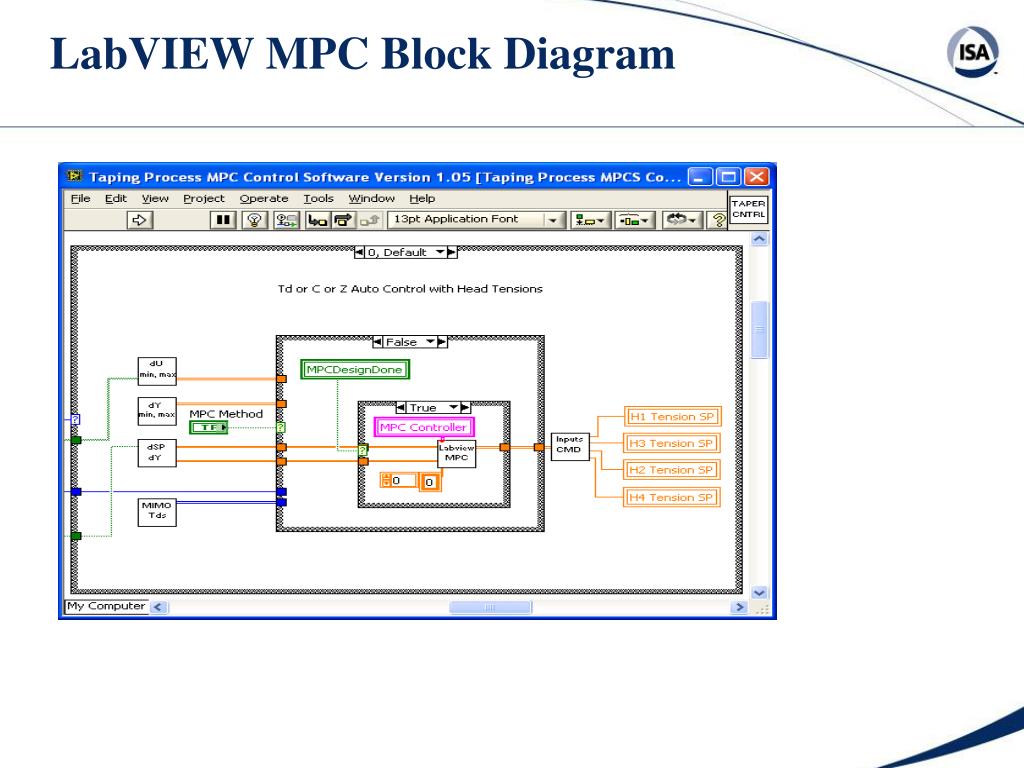

For that, the ideal rotational speed of the motor would be \((1000/12)*1=83.3RPM\) RPM. The waveform generator sends 1V signal to the DAQ.

Further, output of the PID-controller can be fed into the system through the output channel of the DAQ. This indicates that, if we want to write a software (PID controller) in LABVIEW, we have access to the desired input signal and output from the system through the input channels of the DAQ. Also the controlling signal is connected to the output channel (port 15 and 16) of the DAQ. Notice from the physical system setup and/or circuit diagram that the input signal (set point) is connected to the first input channel (port 1 and 2) of the DAQ and process variable (\(\omega\)) is connected to the second input channel (port 4 and 5) of the DAQ. \(\implies T(s) = \frac(V(s)T(s))\]Ĭontrolling the System using LABVIEW Software The figure below show the block diagram of the whole system with specified blocks representing relevant components. To derive the TF of the whole system, we need to first have the block diagram of the system incorporating the feedback PID loop. In order to perform theoretical analysis, we need to derive transfer function (TF) of the system. We calculated the potentiometer resistance value by following the working principle of non-inverting operational-amplifier (Op-Amp) as shown in the figure below. In order to achieve the gain=12V/0.52V in the feedback loop, we need to set the resistance of the potentiometer This has precisely been implemented in the feedback loop amplifier. Therefore, the tachometer output voltage needs to be amplified with a gain ratio of 12V/0.52V to infer the actual input voltage to the DC motor. On the other hand, motor’s speed is measured through the tachometer which produces 0.52V signal for 1000 RPM shaft speed. The DC motor rotates at 1000 RPM when connected to a 12V input signal with no-load condition. The turntable is controlled by a DC motor with a tachometer. The circuit diagram of the above physical circuit is as below. You can see the setup of the experiment below. The interface between the digital controller and analog circuit is made through a data acquisition system (DAQ) from Texas Instruments. Basically the objective of this experiment was to implementing an analog circuit to communicate a turntable and controlling its speed through a digitally implemented PID controller. In this page, I will post results that I found while designing a PID controller for a single-input-single-out (SISO) dynamic system. PID controller experiment: Controlling speed of a turntable


 0 kommentar(er)
0 kommentar(er)
